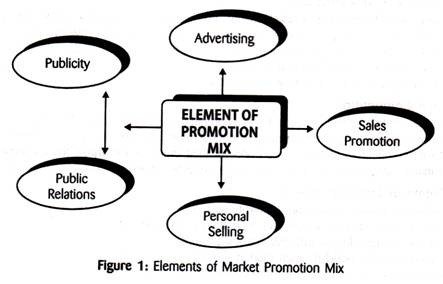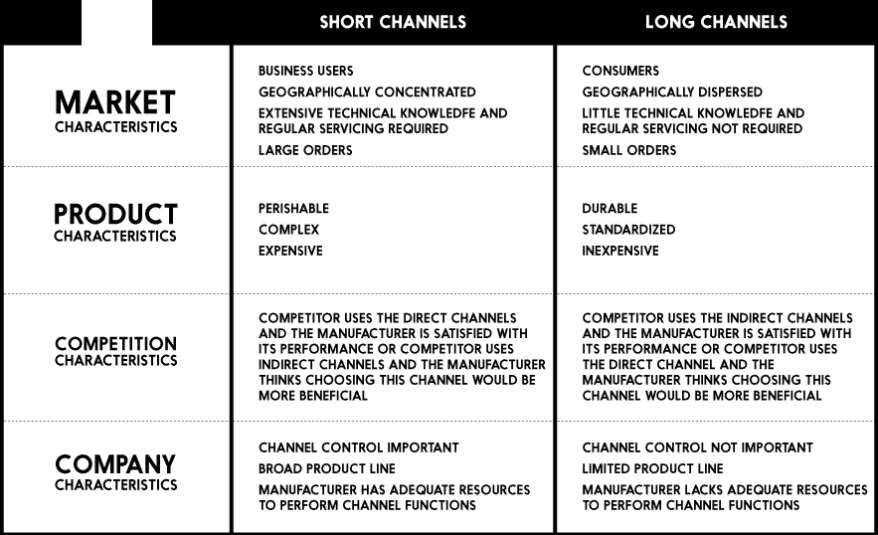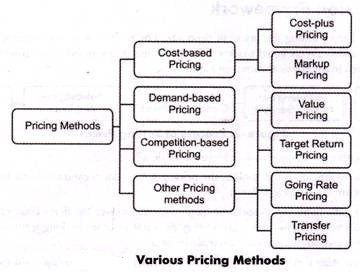Advertising, Functions, Criticism
Advertising is a means of communication with the users of a product or service. Advertisements are messages paid for by those who send them and are intended to inform or influence people who receive them, as defined by the Advertising Association of the UK.
Advertising is always present, though people may not be aware of it. In today’s world, advertising uses every possible media to get its message through. It does this via television, print (newspapers, magazines, journals etc), radio, press, internet, direct selling, hoardings, mailers, contests, sponsorships, posters, clothes, events, colours, sounds, visuals and even people (endorsements).
The advertising industry is made of companies that advertise, agencies that create the advertisements, media that carries the ads, and a host of people like copy editors, visualizers, brand managers, researchers, creative heads and designers who take it the last mile to the customer or receiver. A company that needs to advertise itself and/or its products hires an advertising agency. The company briefs the agency on the brand, its imagery, the ideals and values behind it, the target segments and so on. The agencies convert the ideas and concepts to create the visuals, text, layouts and themes to communicate with the user. After approval from the client, the ads go on air, as per the bookings done by the agency’s media buying unit.
Functions of Advertising
Advertising has become an essential marketing activity in the modern era of large-scale production and severe competition in the market.
It performs the following functions:
(i) Promotion of Sales
Advertising promotes the sale of goods and services by informing and persuading the people to buy them. A good advertising campaign helps in winning customers and generating revenues.
(ii) Introduction of New Products
Advertising helps in the introduction of new products in the market. A business enterprise can introduce itself and its products to the public through advertising. Advertising enables quick publicity in the market.
(iii) Support to Production System
Advertising facilitates large-scale production. The business firm knows that it will be able to sell on a large-scale with the help of advertising. Mass production will reduce the cost of production per unit by making possible the economical use of various factors of production.
(iv) Increasing Standard of Living
Advertising educates the people about the products and their uses. It is advertising which has helped people in adopting new ways of life and giving up old habits. It has contributed a lot towards the betterment of the standard of living of the society.
(v) Public Image
Advertising builds up the reputation of the advertiser. Advertising enables a business firm to communicate its achievements and its efforts to satisfy the customers’ needs to the public. This increases the goodwill and reputation of the firm.
(vi) Support to Media
Advertising sustains press. Advertising provides an important source of revenue to the publishers of newspapers and magazines and the producers of T.V. programmes.
6 MAIN CRITICISMS AGAINST ADVERTISING
(i) Increased Price of The Product
Advertising increases the cost of the product as the expenses on it form the part of the total cost of the product. The increased prices are borne by the consumers. But it cannot be denied that advertising leads to large scale production which considerably reduces the total and per unit cost of production. The consumer may pay less rather than higher.
(ii) Multiplication of Needs
Advertising creates artificial demand for the product and induces people to buy those products which are not needed by them. On account of its repetition, it allures and creates a desire in the minds of the people to possess an article not required by them.
(iii) Deceptive
Sometimes advertising is used as an instrument of cheating. In order to impress upon the people false statements are given with regard to different virtues of a product. Fraudulent means and deceptive practice are resorted to by various traders in order to sell their products. All these things adversely affect the public confidence in the advertising.
(iv) It Leads to Monopoly
Advertising sometimes leads to monopoly in a particular brand of a product. By investing large sums in advertising of his brand, a big producer eliminates small producers of the same product from the market and creates brand monopoly. This leads to exploitation of consumers.
But in reality this argument does not hold good. The monopoly powers are temporarily acquired by the manufacturers as they face strong competition by the rival producers of the same product. In the words of Marry Hepner “advertisement stimulates competition. It often enables the small businessmen to compete with large concerns as well as to start new business”.
(v) Harmful For the Society
Sometimes advertisements are un-ethical and objectionable. Most often, these carry indecent language and virtually nude photographs in order to attract the customers. This adversely affects the social values.
(vi) Wastage of Precious National Resources
A serious drawback levied against the advertisement is that it destroys the utility of certain products before their normal life. The latest and improved model of a product leads to the elimination of old ones. For instance, in the U.S.A., people like to possess the latest models of cars and discarding the old ones which are still in useable conditions. This leads to wastage of national resources.
Objective of Advertising
- To introduce a new product by creating interest for it among the prospective customers.
- To support personal selling programme. Advertising may be used to open customers’ doors for salesmen.
- To reach people inaccessible to salesmen.
- To enter a new market or attract a new group of customers.
- To fight competition in the market and to increase the sales.
- To enhance the goodwill of the enterprise by promising better quality products and services.
Significance of Advertising
Advertising helps in spreading information about the advertising firm, its products, qualities and place of availability of its products and so on. It helps to create a non-personal link between the advertiser and the receivers of the message.
The significance of advertising has increased in the modern era of large scale production and tough competition in the market. Advertising is needed not only to the manufacturers and traders but also to the customers and the society. The benefits of advertising to different parties are discussed in the following paragraphs.
Benefits to Manufacturers and Traders
It pays to advertise. Advertising has become indispensable for the manufacturers and distributors because of the following advantages:
(i) Advertising helps in introducing new products. A business enterprise can introduce itself and its products to the public through advertising.
(ii) Advertising develops new taste among the public and stimulates them to purchase the new product through effective communication.
(iii) Advertising assists to increase the sale of existing products by entering into new markets and attracting new customers.
(iv) Advertising helps in creating steady demand of the products. For instance, a drink may be advertised during summer as a product necessary to fight tiredness caused by heat and during winter as an essential thing to resist cold.
(v) Advertising helps in meeting the forces of competition in the market. If a product is not advertised continuously, the competitors may snatch its market through increased advertisements. Therefore, in certain cases, advertising is necessary to remain in the market.
(vi) Advertising is used to increase the goodwill of the firm by promising improved quality to the customers.
(vii) Advertising increases the morale of the employees of the firm. The salesmen feel happier because their task becomes easier if the product is advertised and known to the public.
(viii) Advertising facilitates mass production of goods which enables the manufacturer to achieve lower cost per unit of product. Distribution costs are also lowered when the manufacturer sells the product directly to the customers. Advertising also facilitates distribution of the product through the retailers who are encouraged to deal in the advertised products.
Benefits to Customers
(i) Advertising helps the customers to know about the existence of various products and their prices. They can choose from the various products to satisfy their wants. Thus, they cannot be exploited by the sellers.
(ii) Advertising educates the people about new products and their diverse uses.
(iii) Advertising increases the utility of existing products for many people adding to the amount of satisfaction which they are already enjoying.
(iv) Advertising induces the manufacturers to improve the quality of their products through research and development. This ensures supply of better quality products to the customers.
Benefits to Society
(i) Advertising provides employment to persons engaged in writing, designing and issuing advertisements, and also those who act as models. Increased employment brings additional income with the people which stimulate more demand. Employment is further generated to meet the increased demand.
(ii) Advertising promotes the standard of living of the people by increasing the variety and quality in consumption as a result of sustained research and development activities by the manufacturers.
(iii) Advertising educates the people about the various uses of different products and this increases their knowledge. Advertising also helps in finding customers in the international market which is essential for earning foreign exchange.
(iv) Advertising sustains the press, and other media. It provides an important source of income to the press, radio and television network. The customers are also benefitted because they get newspapers and magazines at cheaper rates. The publishers of newspapers and magazines are benefitted because of increased circulation of their publications. Lastly, advertising also encourages commercial art.



